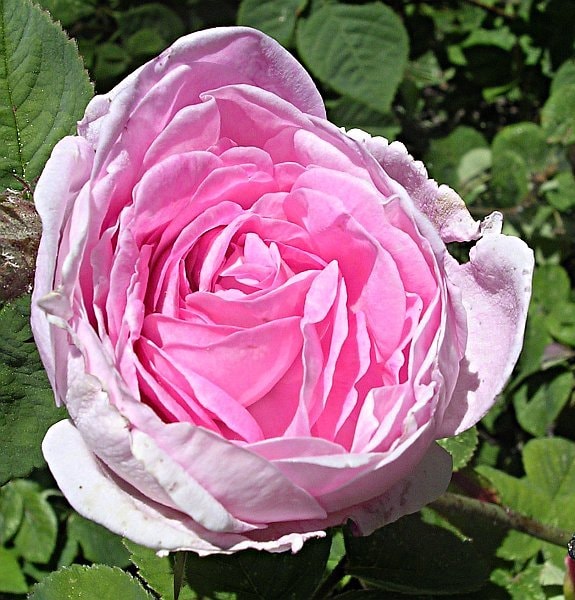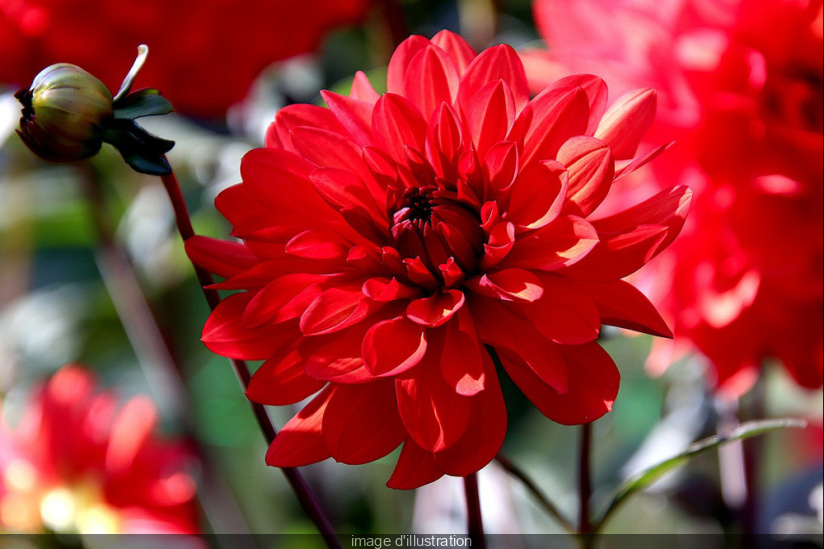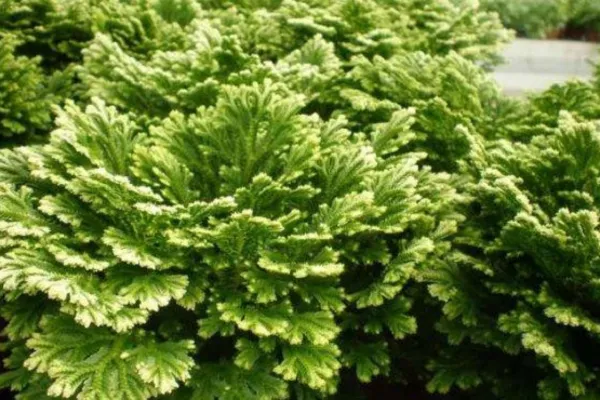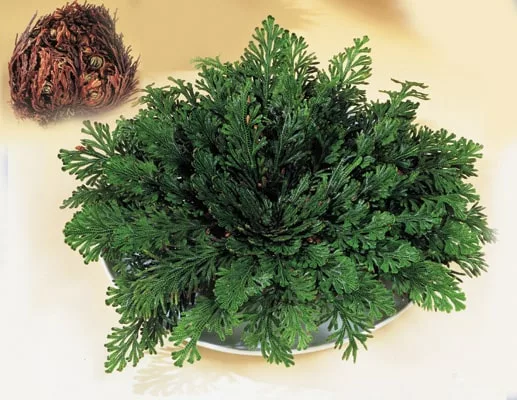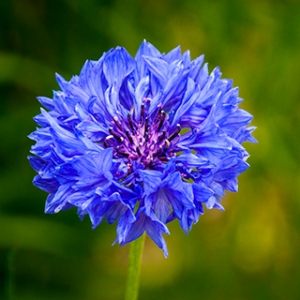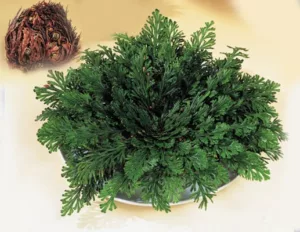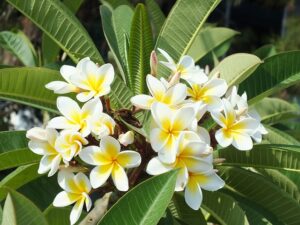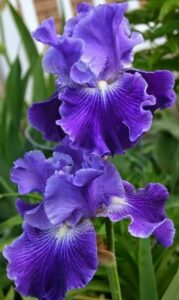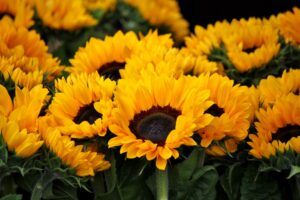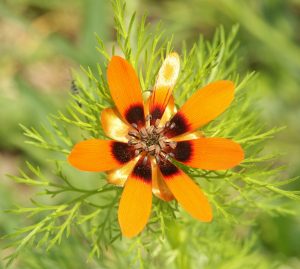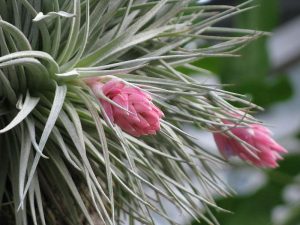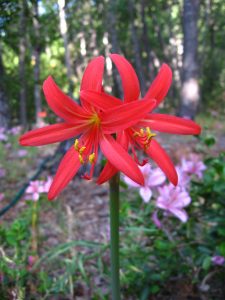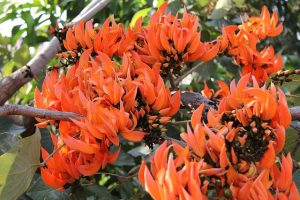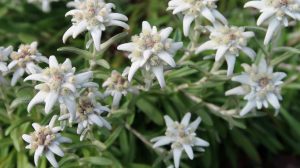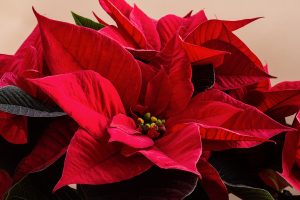Wild roses (banksiae, canina and centifolia)
Roses are considered the favorite flowers of humanity, the most cultivated and for most, the most beautiful. Throughout history, roses have been transformed through intense selection and hybridization with the aim of creating new varieties and forms. They are cataloged more than 30,000 varieties or cultivars in the world. Each year there are hundreds of new ones. Of the more than 30,000 varieties.
The classification of roses or roses from a “gardener” point of view is done in 3 groups:
• Wild Roses: those that exist in Nature.
• Ancient Rosebush: varieties of roses before 1867.
• Modern Rosebush: varieties of roses after 1867.
Today we will talk about some of the most important wild roses.
The Wild Roses
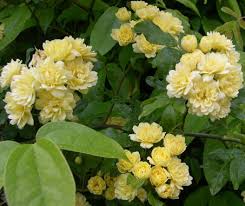
Banksiae Rose or Rosebush of Banks
These roses can reach 6 meters high, their stems are thin and almost without thorns. The leaves are perennial, bright, lanceolate and serrated margin. The flowers measure about 4 cm, can be white or yellow and simple or double (depending on the variety) and give off some aroma. They bloom during the spring. They are easy-to-grow climbing plants that are used to cover walls and columns.
The Rose of Banks needs exposure in full sun or light shade and is able to tolerate frost. The soil should be well drained and rich and chalky. The plants should be watered moderately every 2 weeks approximately. The branches that bloom do not do it again so you have to prune the plants once the flowering season is over.
According to the book Guinness, the largest rose bush in the world was planted in Tombstone (Arizona), in 1885 from a cutting of a Scottish rose bush “Lady Banksia”. Already in 1930 it was declared as the largest rose bush in the world. Since then it has continued to grow and still thrives today in the sunny climate of the city. Its branches are supported by a series of wooden struts.
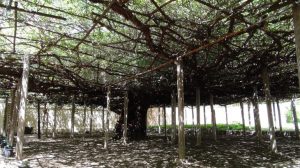
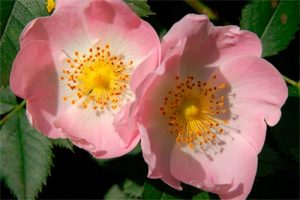
Canine Rose
Canine Rose is a thorny shrub native to Europe, northwest Africa and western Asia, measuring up to 2 m in height. Its stems are hanging green, covered with small spines, strong and curved. The leaves are composed of 5 to 7 oval toothed leaflets. The flowers, solitary or grouped in corimbos, are pale pink or white, 4 to 6 cm in diameter, with five petals. When ripe it becomes an ovoid fruit of intense red color, of cinorrodón type, of a size between 1,5 and 2 cm, called tapaculo or rosehip.
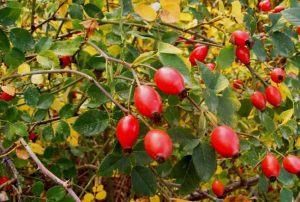
Its name means “dog rose“, possibly referring to the resemblance of its stingers to the fangs of a dog. According to others, because this plant was previously used to cure rabies.
The fruit stands out for its high content of vitamin C (although it also contains carotenoids and flavonoids). It is used to make jam and tea. The wild rose blooms from May to July and produces fruit at the end of summer or early fall.
Medicinal properties
Canine Rose has several medicinal properties. These are: digestive, anti-inflammatory, laxative, vinaminic, nerve problems, astringent, tonic and sexual stimulant. The infusion of its petals is used to treat oily and acne skins, helping aesthetics.
Centifolia Rose
This flower also known as Roman rose is a kind of rose that has large flowers and an exquisite perfume for being sweet. This type of rose is usually grown in Turkey and Morocco to make different commercial products with them. The centifolia roses also have very good healing and aesthetic qualities. One of its main characteristics is that of being an especially aromatic flower. Its essential oil is very appreciated in the field of aromatherapy.
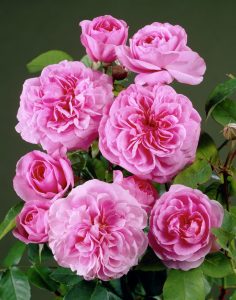
Exfoliating cream of Centifolia rose
Medicinal properties
The fresh petals of roses are those that have medicinal qualities to use both externally and internally. It has healing properties, antibacterial, antiseptic, laxative, vermifuge. Since ancient times, apart from its ornamental use, it has been used for the manufacture of perfumes and cosmetic products. Some of these are: rose water, aromatic tonics, even condiments for sweets and desserts.
Pests that attack them
This plant is sensitive to plagues of aphids and red spider, mainly in spring, so it is advisable to apply preventive ecological treatments during the spring months. To see how to eliminate these pests visit our article here.
The rose blooms in late spring on the end of the buds of the year and the buds that have already bloomed will not bloom again, so that maintenance pruning must be done in winter, so that new buds sprout.
There are other roses belonging to wild roses, learn about them in our next article.
Without a doubt, wild roses are one of the varieties of plants of which we have the most knowledge at the time of cultivating them. However, it is always good to know their origins and properties, to use them for other purposes beyond ornamentation, in order to keep them in a special place within the heart. ?
Remember to like and share on your social networks if you liked this article. Leave us your comments here.
![]()
Share this content:
